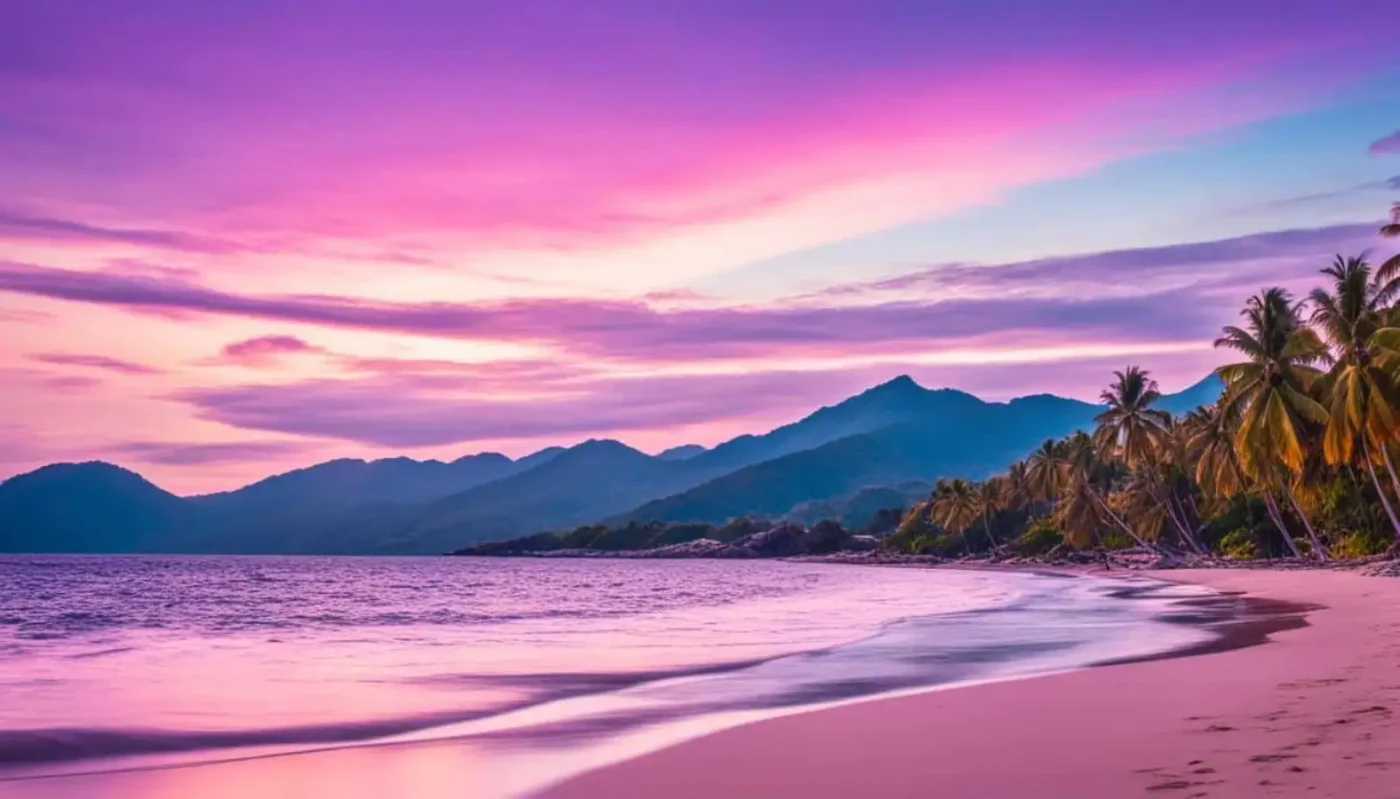The Philippines has emerged as a powerhouse in the global wellness economy, with the sector expanding by 21 percent to a staggering $43.3 billion in 2023, up from $35.8 billion in 2019, according to a recent report by the non-profit Global Wellness Institute (GWI). This growth has positioned the country eighth among 45 Asia-Pacific markets and 23rd out of 218 globally, with the wellness industry contributing 9.9 percent to the national GDP in 2023. As the nation leverages its natural beauty and cultural heritage, the surge in wellness tourism and related sectors signals a robust future for an industry increasingly central to the Philippine economy.
A Booming Wellness Market
The GWI report, released on May 15, 2025, highlights the Philippines as a standout in the wellness economy, a sector encompassing spas, physical activities, wellness real estate, and tourism. Among the key growth areas, wellness tourism recorded an extraordinary increase of 61.4 percent, rising to $3.61 billion in 2023 from $2.24 billion the previous year. Other segments also saw significant gains: spas grew by 19.2 percent, physical activity by 21.4 percent, and wellness real estate by 14 percent. These figures underscore a growing appetite for health and wellbeing experiences, both among locals and international visitors.
“The Philippines has a thriving wellness economy, and we’re thrilled that the Department of Tourism has continued their partnership with us for this deep dive into the data that really showcases where the growth and potential lies” said Susie Ellis, chair and CEO of GWI, in a statement. She emphasized the country’s unique position, noting that its natural wonders make it an ideal destination for nature-based wellness and relaxation, while authentic Filipino offerings provide a distinct cultural edge in the global market.
Wellness Tourism: A Cultural and Natural Draw
At the heart of this economic boom is wellness tourism, a sector that has benefited from the Philippines’ abundant natural landscapes—think pristine beaches, lush mountains, and serene islands—and its deep-rooted cultural traditions. The Department of Tourism (DOT) has been instrumental in promoting the “Filipino Brand of Wellness,” a flagship program that integrates the country’s heritage with modern wellbeing practices. This holistic approach engages the senses, drawing on hospitality and traditions that have long defined Filipino identity.
“Wellness tourism in the Philippines is experiencing significant growth, supported by dedicated partners and the country’s abundant natural and cultural assets” said Dr. Paulo Benito S. Tugbang, director at the Office of Product Development for the Philippine DOT and a GWI Ambassador. He highlighted the program’s focus on creating a uniquely Filipino experience, one that reflects the depth of the nation’s heritage. “We remain committed to further developing this sector and creating enriching wellness experiences for travelers from around the world” Tugbang added, pointing to the partnership with GWI as a critical component of this strategy.
The GWI’s insights, including its Geography of Wellness data, have helped the DOT understand the broader potential of the industry. By fostering connections with global wellness leaders, the Philippines is positioning itself not only as a leader in wellness tourism but also as a broader tourism powerhouse in Asia. This ambition aligns with the country’s long-term vision to diversify its tourism offerings beyond traditional beach holidays and cultural tours.
The Filipino Concept of Wellness
Central to the Philippines’ wellness narrative is the cultural concept of “kapwa,” a value that emphasizes interconnectedness with community and other beings. According to the GWI report, wellness in the Filipino context means aligning soul, body, and mind—an inseparable triad that shapes how Filipinos approach health and happiness. This philosophy manifests in strong, harmonious relationships with family and friends, a cornerstone of Filipino life that enhances mental and emotional wellbeing.
Filipino cuisine also plays a pivotal role in this holistic view of wellness. Built on fresh, whole ingredients like fruits, vegetables, whole grains, and lean proteins, meals are often balanced and prepared using healthy cooking methods. Beyond nourishment, food is a cultural expression of care and nurturing. Sharing meals with loved ones is a source of joy, a way to celebrate love and friendship, and a ritual that binds communities together.
Adding to this rich tapestry is the country’s heritage of traditional herbal medicine, widely used to address ailments ranging from digestive issues to respiratory infections. These practices, passed down through generations, complement modern wellness trends and offer visitors an authentic glimpse into Filipino healing traditions. From herbal remedies to nature-based therapies, the Philippines provides a blend of ancient wisdom and contemporary relaxation techniques that resonate with global wellness seekers.
Economic Implications and Global Standing
The wellness economy’s contribution to 9.9 percent of the Philippines’ GDP in 2023 is a testament to its growing significance. This figure is particularly striking when compared to other Asia-Pacific markets, where wellness often plays a smaller role in national economies. Ranking eighth in the region and 23rd globally, the Philippines is carving out a niche as a wellness destination that combines affordability with authenticity—a potent mix for attracting international tourists and investors alike.
The economic ripple effects are substantial. The growth in wellness tourism, for instance, has spurred job creation in hospitality, travel, and related sectors. Spas and wellness centers, which saw a near 20 percent increase in revenue, are expanding to meet demand, while wellness real estate—properties designed with health and wellbeing in mind—is becoming a lucrative market for developers. These trends suggest that the wellness economy is not just a fleeting trend but a sustainable driver of growth for the Philippines.
Moreover, the sector’s success has implications for the broader tourism industry. As wellness tourism grows, it encourages infrastructure development, from eco-friendly resorts to community-led wellness retreats. This, in turn, enhances the country’s appeal as a multifaceted destination, capable of catering to diverse traveler preferences. If sustained, this momentum could elevate the Philippines’ global tourism ranking further, aligning with the DOT’s goal of establishing the nation as a leading player in Asia.
Challenges and Opportunities Ahead
Despite the impressive growth, challenges remain. Ensuring sustainable development is paramount, as the influx of wellness tourists could strain natural resources if not managed carefully. The DOT and its partners will need to balance economic gains with environmental preservation, particularly in fragile ecosystems like coastal areas and mountain regions that are central to wellness tourism. Community involvement will also be critical to ensure that local populations benefit from the industry’s expansion and that cultural authenticity is not compromised by commercialization.
On the opportunity front, the Philippines has much to gain from continued investment in wellness infrastructure and marketing. Collaborations with organizations like the GWI provide access to global trends and data, enabling the country to refine its offerings. There is also potential to expand wellness tourism beyond well-known destinations like Cebu and Palawan, highlighting lesser-known regions with unique cultural and natural assets. Such efforts could distribute economic benefits more evenly across the archipelago.
Additionally, the integration of technology—such as virtual wellness experiences or apps promoting Filipino wellness practices—could attract younger, tech-savvy travelers. This digital dimension, if paired with traditional offerings, could position the Philippines at the forefront of innovation in the wellness space, further differentiating it from competitors in the region.
A Model for Holistic Growth
The Philippines’ wellness economy offers a compelling case study in how cultural heritage and natural endowments can fuel economic progress. By embracing the “Filipino Brand of Wellness,” the country is not only promoting health and relaxation but also showcasing the warmth and depth of its people. This approach resonates with a global audience increasingly seeking meaningful, authentic travel experiences.
As the sector continues to grow, questions linger about how the Philippines will sustain this momentum while preserving the very assets that make it unique. For now, the nation stands as a beacon of holistic wellbeing in Asia, inviting the world to experience wellness through the lens of “kapwa”—a connection that transcends borders and nurtures both body and soul.
















